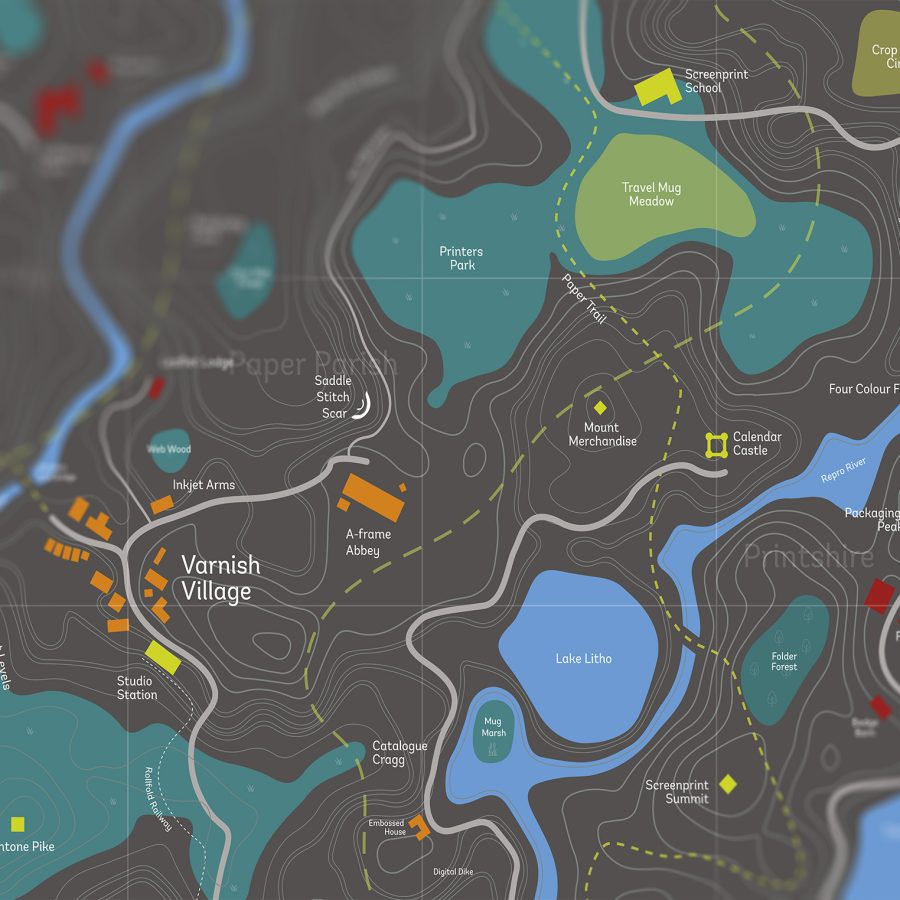
When Johannes Gutenberg created the printing press, he wasn’t the first person to attempt movable type printing. In fact, the Chinese had mastered the art a thousand years earlier, employing carved wooden blocks and ink. However, the first mechanical, movable type printing press as designed by Gutenburg changed the world forever. It was the first step towards the automation of print, meaning books and other printed materials could be produced in far shorter timeframes. Gutenberg was a print pioneer, embracing clever print management at the earliest possible stage. So how did the printing press change the world, and what impact has Gutenberg’s invention had on recent history? PMG investigates.
The global literacy boom
During the Middle Ages, literacy levels were poor. Only the very rich were able to afford an education, and even traders were often unable to read or write. The development of the printing press meant works of literature soon filtered into public consciousness, with the production of serials and the printing of theatrical folios such as Shakespeare’s plays. With more books, pamphlets and written literature available, literacy soon began to improve.
Language standardisation
One interesting development that came with increased literacy and the growing popularity of print was the standardisation of language. Printers slowly settled on agreed letters and spellings, which had previously been non-standardised and varied form location to location. The eventual creation of Samuel Johnson’s Dictionary of the English Language in 1755 reflected how language had changed, becoming increasinglu standardised in the few centuries since the printing press was invented.
Certain letters dropped out of use, such as the most commonly recognised thorn – seen as a ‘y’ by modern eyes and surviving today in anachronistic sayings such as ‘ye olde’. This was actually pronounced ‘the old’. The confusion caused between thorn and the letter ‘y’ was one of the reasons some letters dropped out of the English alphabet.
The scientific revolution
Improved literacy and easier access to common scientific works meant a boom in theoretical thought. Even armchair scientists were able to discuss theories and studies in a way not previously possible, spreading new ideas and concepts across the world at a speed never before seen. Scientists were able to print research papers, develop books for the common reader, and share ideas at a rate that meant discoveries took mere years instead of decades.
Social and religious revolution
When Martin Luther nailed his first Ninety-Five Theses to the door of a church in 1517, multiple copies were posted at the same time to other churches. This important document was the start of the Protestant Reformation, an important moment in social, religious and print history. The power of print was demonstrated in multiple postings of the same document at the same time in different locations, maximising the impact of a revolutionary idea. Rather than having to wait for word to spread across the country from one epicentre, many areas could access the same information at the same time.
Marketing revolution
With print came advertising, and advertising meant marketing strategies. Traders and businesses could reach a much broader audience thanks to improved literacy, helping business promotion to evolve from simple pictographic signs to written signs, advertisements in newspapers and even the creation of flyers and posters. Companies could communicate with their customers in new ways, and over the centuries this has shifted and developed into a multi-billion pound industry. The power of advertising owes its success to the advent of print. Today, clever print management allows us to exploit the power of print in the most effective, efficient manner possible.
Find out more about using print to improve your customer communication by speaking to a PMG consultant today.
















































